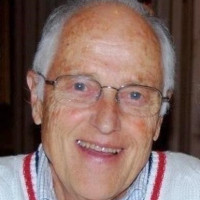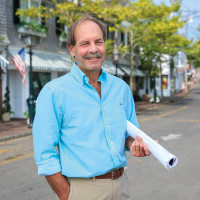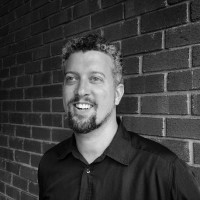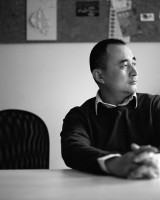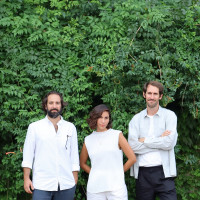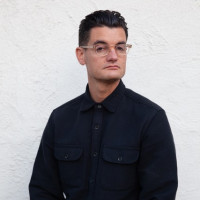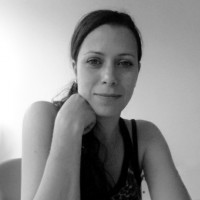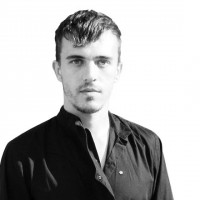Robert Venturi’s use of the term “difficult whole” in Complexity and Contradiction in Architecture (1966) suggests that adding to an existing work of architecture is not an act of closure or completion, nor is it a reduction of a possibly multivalent or ambiguous condition to a singular one. He states, “[The difficult whole] is the difficult unity through inclusion rather than the easy unity through exclusion…” Addition can be an opportunity for amplification, interruption or revelation: of material, formal and/or spatial readings, of conditions that may be totally or partially hidden; ephemeral as well as permanent; temporal as well as spatial. These projects use three modes of material practice as a conceptual frame of reference: measurement, fabrication and assemblage. These are applied to the three operations of addition, interruption and alteration as methods to alter a pre-existing individual building, an ensemble of multiple buildings or an urban-scale site.
May 6, 1:00 PM
- Melissa Melone
Re-contextualizing Rio: Urban Typologies Mitigating Stadia as Objects - Baxter Hankin
15th Ward North: A Neighborhood Design to Reconnect Syracuse - Patrick Smith
An Agricultural Ruin: Transforming Industrial Sites into Productive Landscapes - Austin Jan Spencer
The Incomplete Whole: Alteration with Multiple Authors - Yujing Dai, Zheyue Sun & Zhaonan Zhang
Beijing Xun Lu Museum: Architecture of Narrative
Additional Reviewers:
- Gregory Corso
- Timothy Stenson
